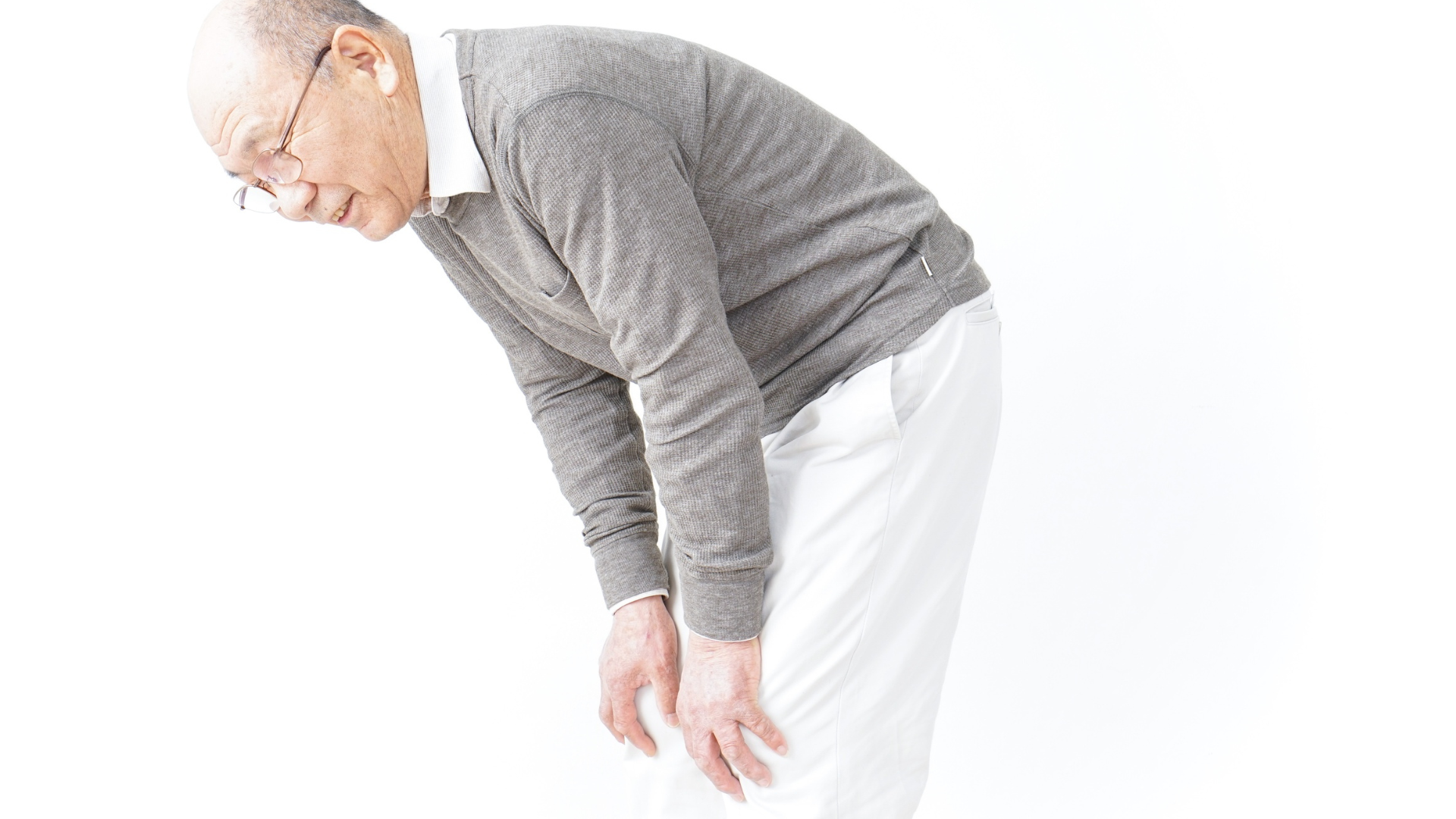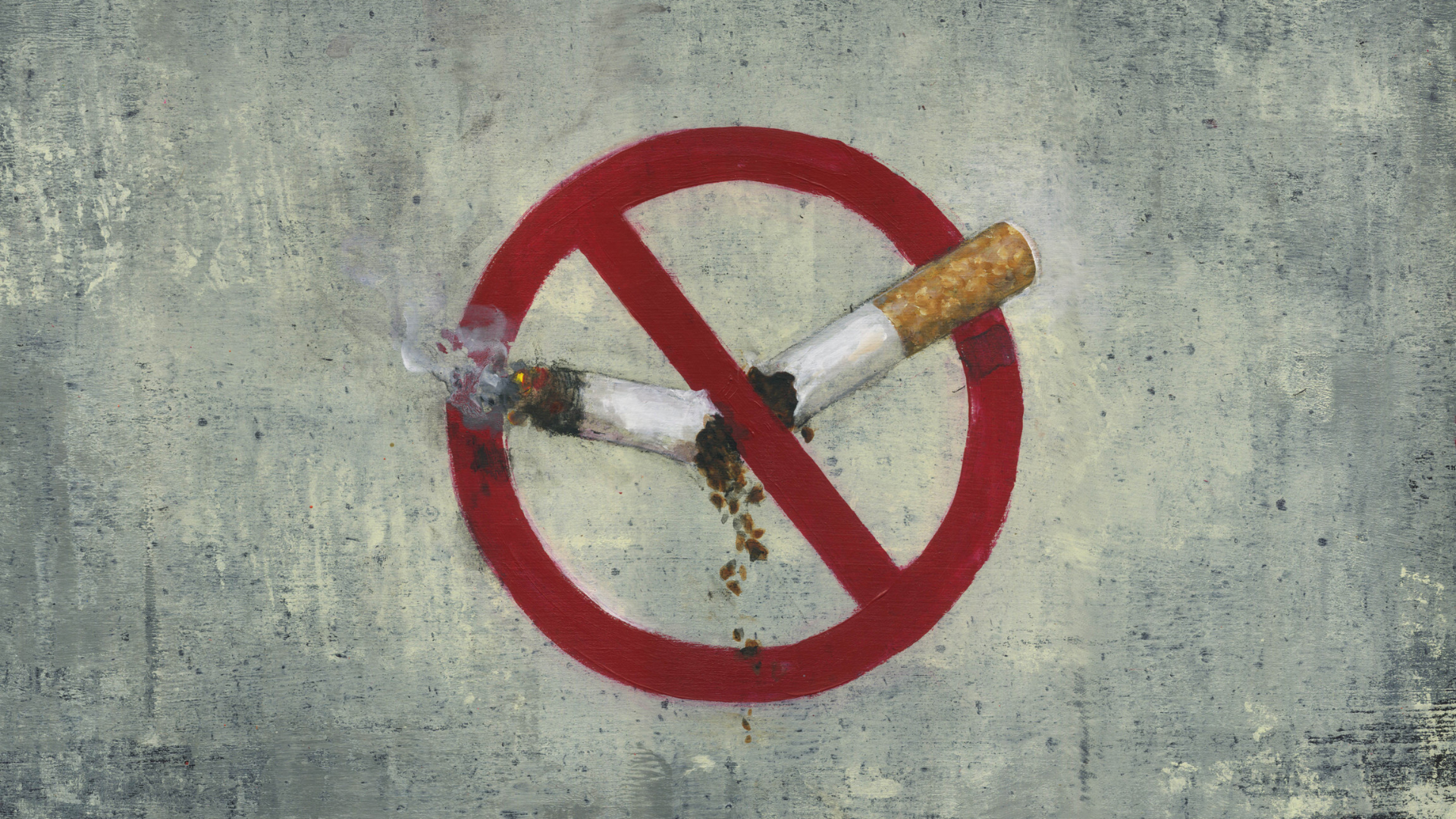"The entire process of surgery relies equally on precise operation and meticulous post-operative care." Following the correct care guidelines is key to ensuring optimal recovery and avoiding complications.
This is the most important stage of recovery, requiring your utmost patience and attention.

Your discomfort will significantly decrease, but the internal structures are still healing, so do not let your guard down.


A: Addressing existing trauma is a common aspect of functional nasal reshaping. However, it is not advisable to perform structural surgery immediately after a significant injury, as the tissue is inflamed and swollen. You must wait for complete resolution of inflammation and swelling before precise assessment and correction can be made.
A: After surgery clears the nasal passages, it can make using the CPAP machine more comfortable and effective, but it may not completely replace it. For some mild patients whose sleep apnea is caused by nasal obstruction, the apnea-hypopnea index may significantly decrease; however, for moderate to severe patients, the use of the CPAP machine may still be necessary. A doctor will need to evaluate whether it is possible to discontinue or reduce the use of the CPAP machine.
A: Surgery effectively addresses snoring caused by "nasal obstruction." When airflow can pass smoothly through the nasal cavity, snoring sounds caused by nasal vibrations will significantly reduce or even disappear. However, if snoring also originates from relaxed soft tissue in the throat, there may still be snoring sounds from the throat. Long-term nasal congestion should not be regarded as a trivial matter. It not only affects sleep and mental well-being but can also lead to chronic sinusitis, headaches, and increased strain on the heart and lungs.
For patients suffering from breathing difficulties due to congenital or acquired structural issues, functional nasal reshaping offers a safe and effective solution. It is not just a surgery; it is a significant investment in quality of life.
If you or someone you know is enduring the pain of persistent nasal obstruction, seek a professional assessment from an ENT specialist to regain "breathing freedom."
Updated: 2025-10
Please note that all medical health articles featured on our website have been reviewed by Chiron Medical doctors. The articles are for general information only and are not medical opinions nor should the contents be used to replace the need for personal consultation with a qualified health professional on the reader's medical condition.